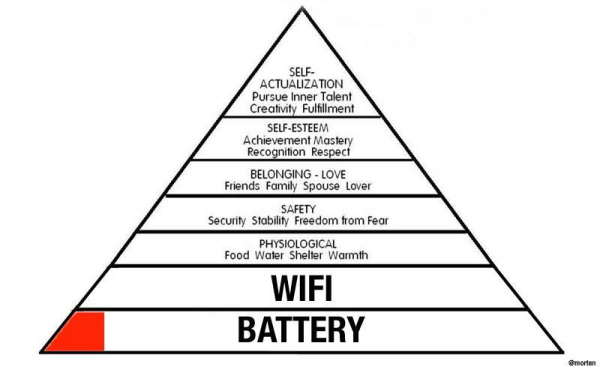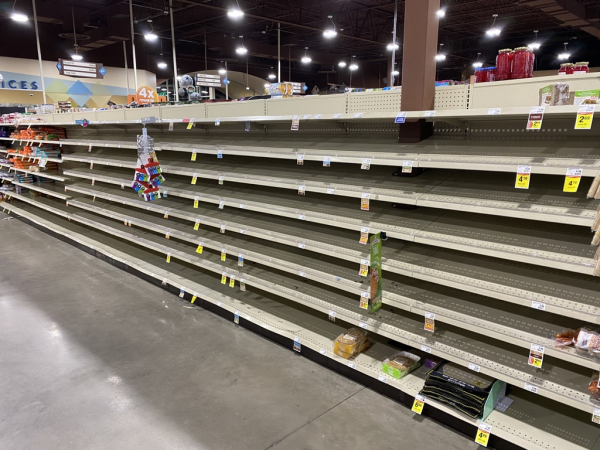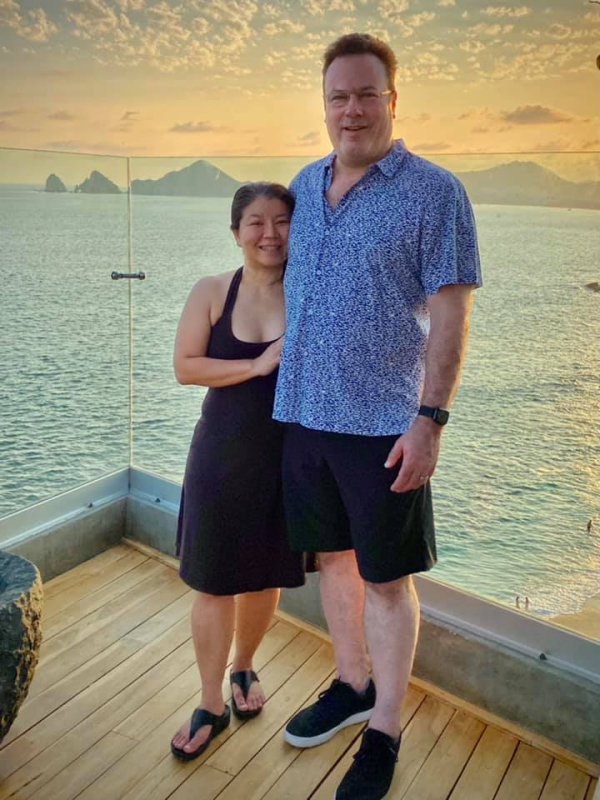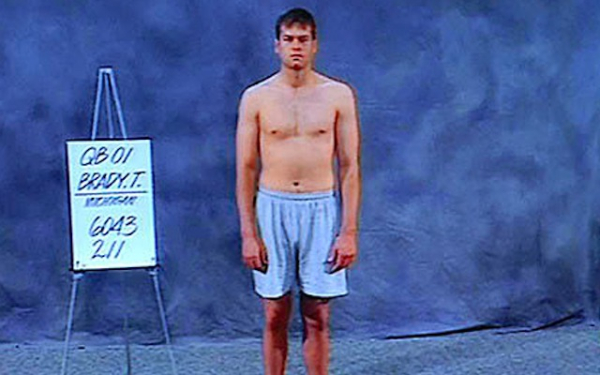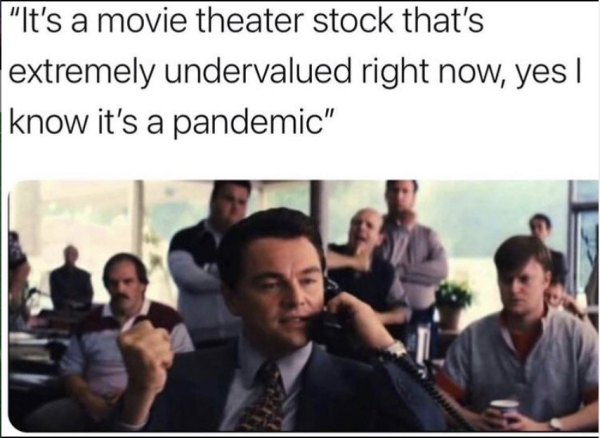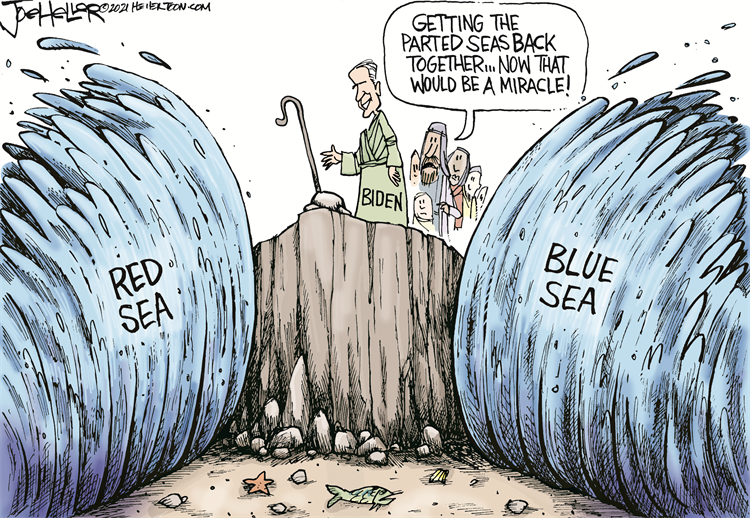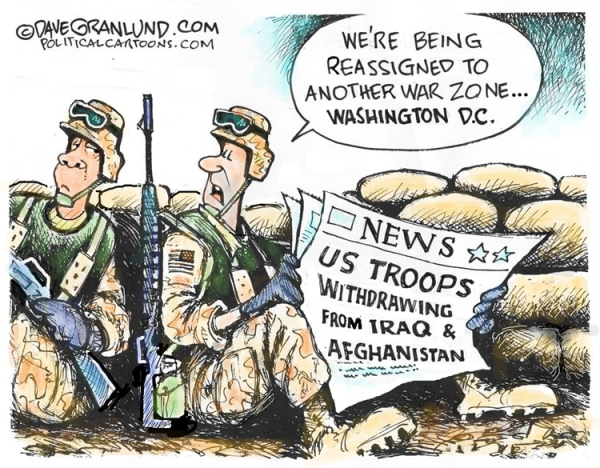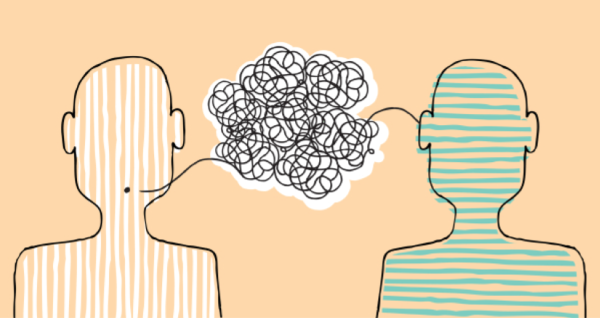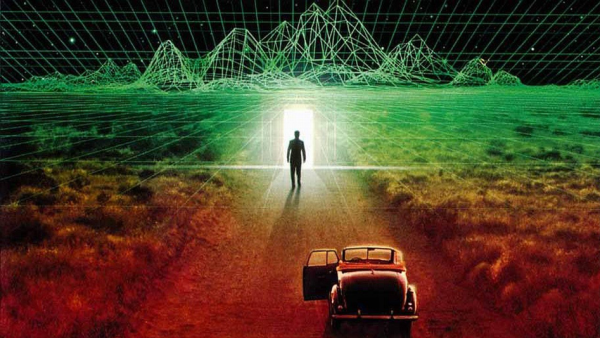Planning for 2021 is going well here. How about for you?
When doing this in a group (or with a team) a common challenge is "alignment". This is tricky because you have to consider time frames, what you are optimizing for, and also for which "who" you optimizing (you, your customer, some other stakeholder, etc.).
In other words, it's easy to seem like you agree (or are talking about the same thing) only to find out that you don't have the same target or that different factions want to walk different paths.
This year was the start of a new decade – even though it probably wasn't the start anyone asked for or had in mind. Nonetheless, 2020 is over and we can all agree that we want to make 2021 better than 2020. To start that process, I want to focus on personal resolutions (separate from business resolutions).

Hopefully, you can use some of these concepts.
- Focus on What You Want.
- Focus on Why You Want It.
- Focus on Ways You Might Get it.
- Focus on Evidence of Progress.
Below, I'll take you through an example of each of the four steps.
Moving Towards a Solution, Rather Than Struggling with a Problem.
In 2020, I made good strides towards being healthy, fit, and vital. I started a health coaching program that helped me lose weight, gain muscle, and eat more intentionally. In addition, I exercise smarter and more consistently, and many of my "labs" show marked improvement. But, before I started making that progress, there was a trigger … someone who regularly gives me a massage told me I looked fat. It hurt my feelings but it didn't meaningfully change my habits.
Frankly, knowing that "you're fat" isn't helpful … even translating that to something a tad more positive, yet generic, like "I choose to be healthy" isn't really helpful either.
Blah, blah … They are just words.
What I needed was something specific, measurable, and actionable. How about: "I will lose 15 pounds and stop eating after dinner." OK, but that isn't inspiring, and there isn't much for me to do. I knew I could do better than that.
Figure-Out a Big Enough WHY, Rather Than Worrying about the HOW's.
This post isn't about health and fitness, it is about the mindset and techniques you can use to set empowering goals and plans in any situation.
So, while I could list a lot of ways to lose weight; and I might even remember to do some of them … when you create a driving force, the momentum takes care of itself. The first step in doing that is knowing WHY you want something.
I really do want to be healthy, fit, and vital (it sure beats the alternatives), and I want to have the energy and confidence to live and enjoy my life fully. The world is my playground, and I want to take advantage of more opportunities to play with family and friends. In order to do those things, I must find better ways for me to live a healthy lifestyle.
Of course, the "WHYs" are just as important for business goals too.
Focus on Potential Solutions, Rather than Problems or Challenges.
Obstacles Exist. The bad news: I don't eat fish and I don't like vegetables (unless French Fries are vegetables). My joints aren't close to healthy from years of violent contact sports. I rarely get 7 hours of sleep, and my daily life is naturally stressful. The good news: is none of those things matter … and even if they did, it just would mean that I have a lot of room for progress.
It is natural to focus on obstacles. But most obstacles are surmountable – with a big enough WHY, even I'll start to eat vegetables. Instead of dwelling on the limitations, use them as a reminder to focus on potential solutions instead. They are beacons, pointing the way.
How do you do it? To focus on solutions, you can make two action-based lists: one is of things To-Do … and another is of things Not-To-Do.
Here are some of the sample To-Do Items:
- I will drink more water than coffee.
- I will stretch (or do basic calisthenics) on days that I don't go to the gym.
- I will make a healthy shake as a meal replacement rather than as a meal supplement.
- I will focus on relaxation and meditation as much (or more) as I focus on strength & physical exercises.
Here is the actionable list of Not-To-Do Items.
- I will not rely on stretchy pants (or buy new ones with a larger waistband) for comfort.
- I will not eat snacks out of their container and will portion-out what I want first.
- I will not compare my current level of fitness to what I used to be able to do. Instead, I will focus on my actions and improvement.
Create Healthier Habits.
It is easy to follow your routine. So, make your routine better. Here are some examples of things you could do to make being healthier happen with less effort.
- Pre-sort your vitamins into daily doses, and keep them by the coffee machine.
- Buy healthy snacks, like fruit, raw nuts, or organic energy bars (instead of chips).
- Make "exercise time" the time you enjoy listening to music or listen to a book/podcast. Dedicating time to something doesn't mean you can't be multitasking.
- Park at the end of the parking lot (so you get to walk) rather than trying to find the closest space.
- Meet with friends at the gym, park, or at a hiking spot (rather than a bar or restaurant).
You get the idea. Get in the habit of looking for ways to create better habits. What habits could you alter slightly, to make a big difference?
What things can you automate or outsource?
One helpful tip I learned this year from Tiny Habits, is to start with something small and easy to do, and then build on it. After you've gotten good at creating the habit – you can change the frequency, duration, etc.
Focus on Your Progress.
In this case, it really is about the journey. Instead of keeping track of how far you have to go … notice how far you've come. Utilize an internal locus of control. It is about creating energy, momentum, and a sense of possibility. You may have a big, hairy, audacious goal in mind. That's fine, as long as you realize that reaching each milestone along the way is still an accomplishment.
- Find shoes that don't hurt your feet.
- Pick a gym or a personal trainer.
- Run more than two laps without stopping.
It doesn't matter what they are… they all count, as long as you know that you are moving in the right direction.
Summary
The point of this post was not really to focus on fitness. These techniques and goal-setting tools work in any situation. The principles are:
- First, figure out what you want, and why it is important to you.
- Second, find something you can do, right now, which moves you in the right direction.
- Third, notice which things create (rather than take) energy. Spend your time on those, and automate or create routines to take care of the rest.
- Fourth, plan forwards, but measure backward. Set milestones so that you can recognize and celebrate your progress.
In business, this translates to Capitalogix having a mission and vision – it's what we want, and why it's important to us. I then create a yearly "Big 3" goals that move us toward that long-term vision. My team creates SMARTs (goals that are specific, measurable, attainable, relevant, and timely) and KPIs (key performance indicators) so they know where to spend their time, and what milestones tell them they're on the right track.
Hope this helped.
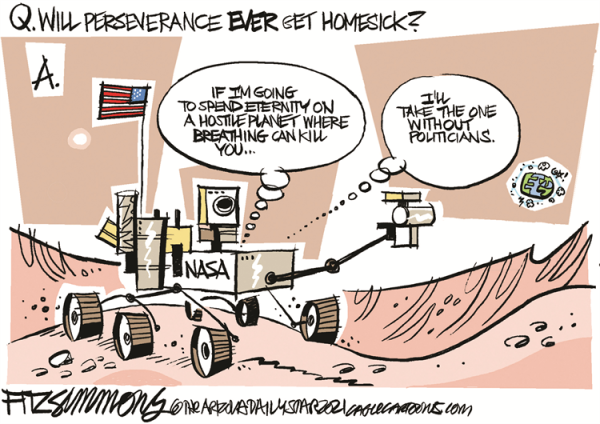

 via Joe Raedle/Getty Images
via Joe Raedle/Getty Images